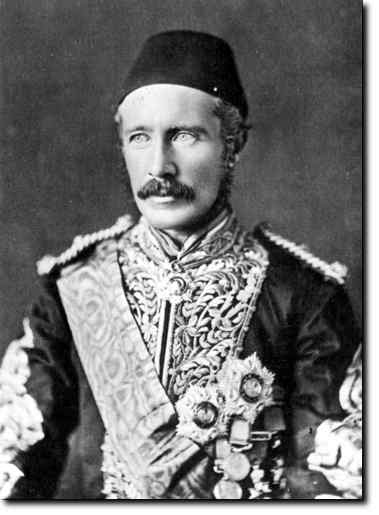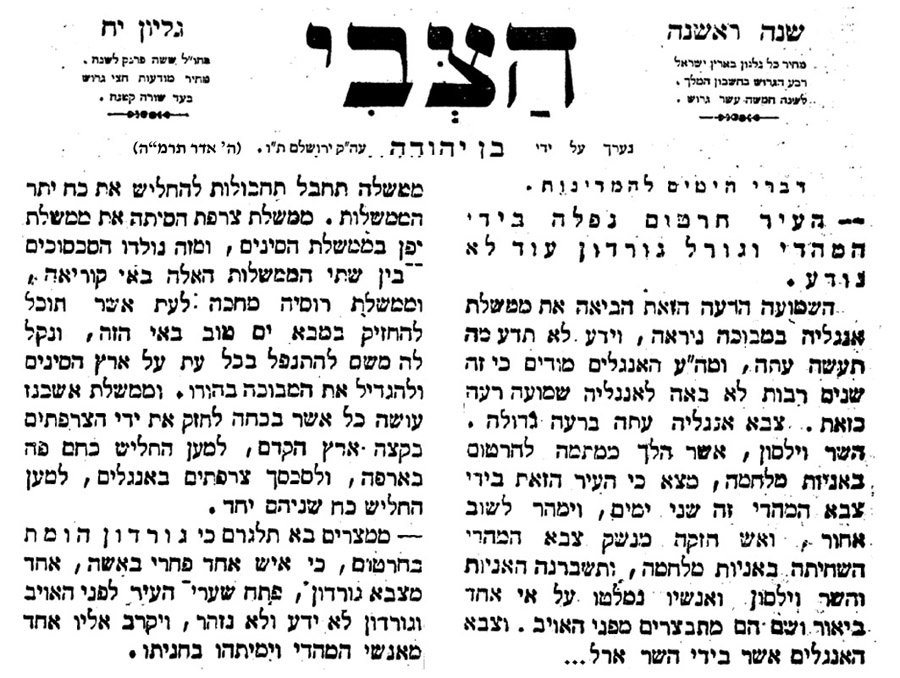Where Was Jesus Really Crucified

The tomb of Christ is located, according to the common Christian belief, in the place where the Church of the Holy Sepulcher was built. Jesus was crucified after being sentenced to death by Pontius Pilate, the Roman governor of Judea. The crucifixion took place on a hill called Golgotha, outside the city walls. After Jesus died, his body was taken down from the cross and he was buried, according to the Jewish custom of that time, in a rock-carved tomb in the plot of Joseph of Arimathea. Three days after the burial, several women led by Mary Magdalene came to visit his tomb, and discovered that the entrance to the cave was open and the tomb itself was empty. There was a sweet scent of roses in the air and an angel floating above informed the women that Jesus had resurrected.
Flavia Julia Helena, also known as Saint Helena, was the wife of Emperor Constantius Chlorus and the mother of Emperor Constantine the Great, who was one of the most important Roman emperors in history. He reunited the Roman Empire, made Christianity the official religion and even converted to Christianity himself. Helena was a devout Christian believer, and in 326 AD she went on an important journey in the Holy Land during which she met Christian communities living in Jerusalem and other cities. These communities managed to survive the waves of Christian persecution during the previous centuries, and preserved age-old traditions. With their help, Helena identified the sites and places where the events described in the Gospels took place, and sanctified them. Churches and monasteries were later built in many of these places. Among other locations, Helena also identified the place where Jesus was crucified and buried, and her son the emperor ordered a large church to be built there. The Byzantine church, which was the central and most important building in Jerusalem of that time, was destroyed at the beginning of the 7th century AD after the Persian conquest of the Land of Israel. The Church of the Holy Sepulchre that exists today was rebuilt by the crusaders in the 12th century, on top of the Byzantine church ruins.
כנסיית הקבר מקובלת כאמור כמעט על כל הפלגים הנוצריים כמקום קבורתו של ישו, פרט למספר זרמים פרוטסטנטיים. אלה גורסים כי מיקום הכנסייה אינו מתאים למסופר בברית החדשה, שם מתוארים גבעה וגן. במקום זאת, הם מזהים את מקום הצליבה והקבורה עם "גן הקבר" – מערת קבורה חצובה בסלע הנמצאת מצפון לכנסיית הקבר, מחוץ לחומות העיר העתיקה. עם זאת, מסורת זו לגבי מיקום הגולגולתא וקברו של ישו הינה חדשה יחסית, והיא נולדה רק לקראת סופה של המאה ה- 19.
צ'ארלס ג'ורג' גורדון היה קצין צבא ופקיד ממשל בריטי שחי במאה ה- 19. הוא הוסמך לקצונה בשנת 1852 והחל לשרת בצבא הבריטי באזורים שונים ברחבי האימפריה. לאחר ניצחונה של אנגליה במלחמת האופיום השנייה בשנת 1860, יצא גורדון לסין והצטרף ללחימה כנגד מרד הטאיפינג, בה מילא תפקיד חשוב. הוא קיבל את הפיקוד על כוח שכונה "הצבא המנצח תמיד" והוביל אותו בהצלחה, עד לדיכויו של המרד. כהוקרה על פעילותו קידם אותו קיסר סין לדרגת "טידו", הגבוהה ביותר בצבא הסיני, והעניק לו את עיטור "המעיל הקיסרי הצהוב". הצלחותיו של גורדון בסין אף הקנו לו את הכינוי "גורדון הסיני". הוא המשיך לשרת באנגליה ובאזורים נוספים של האימפריה הבריטית, ובשנת 1874 הגיע למצרים שנשלטה על ידי הח'דיו איסמעיל פאשא בתמיכתה של אנגליה. המצרים הרחיבו בהדרגה את תחום שלטונם דרומה, וגורדון מונה למושל סודאן מטעם הח'דיו.

גורדון עזב את סודאן בשנת 1880 לאחר תקופת כהונה משמעותית ורבת השפעה כמושל, ובילה את השנים הבאות באנגליה, הודו, סין, מאוריציוס, ועוד. בין השאר, שהה גם שנה בארץ ישראל. בשנת 1883 פרץ מרד בסודאן בראשותו של המנהיג הכריזמטי המהדי מוחמד אחמד. צבא המורדים הצליח לנצח את הכוחות המצרים שהיו תחת פיקוד בריטי, ובסוף השנה הורו השלטונות הבריטיים למצרים לנטוש את סודאן. הממשלה הבריטית ביקשה מגורדון שייצא לסודאן כדי לסייע בפינוי, והוא הגיע לחארטום, בירת סודאן, בתחילת שנת 1884. כוחות המורדים המשיכו להתקדם והטילו מצור על הבירה. הבריטים דרשו מגורדון לעזוב את העיר, אך לא הייתה באפשרותם לפנות את חיל המצב המצרי. גורדון, בתגובה, סירב להתפנות ולנטוש את חייליו. המצור על חארטום הפך לעניין מרכזי שבו עסקו בבריטניה, והדרישה הציבורית לסייע לגורדון הלכה והתגברה. למרות ניסיונות של הכוחות הבריטים להגיע לחארטום ולחלץ את גורדון ואנשיו, הצליחו המורדים לפרוץ לעיר בינואר 1885 וערכו בה טבח אכזרי. גורדון עצמו נהרג, ראשו נערף וגופתו הושלכה לאחת הבארות. הידיעות על מותו עוררו זעזוע גדול בבריטניה, והציבור אף דרש את התפטרותו של ראש הממשלה גלאדסטון. סיפור חייו של גורדון, ובעיקר מותו הדרמטי, הפכו אותו לגיבור והעניקו לו הילה של מרטיר. ספרים רבים נכתבו אודותיו, ובסרט האפי "חארטום" משנת 1966 משחק את דמותו השחקן האמריקאי זוכה האוסקר צ'רלטון הסטון.

דמותו של גורדון נותרה אניגמטית ואישיותו שנויה במחלוקת עד היום. הוא היה טיפוס מתבודד ורוחני, בז לכיבודים ולגינונים אריסטוקרטים, נותר רווק ולא הקים משפחה. גורדון היה נוצרי אדוק והרבה לקרוא בתנ"ך, בו חיפש רמזים לגאולה. במהלך שהותו בארץ ישראל בשנת 1883 סייר רבות באזור ירושלים, ערך מחקרים וניסה למצוא תשובות לשאלות שעלו מקריאה בכתבי הקודש. גורדון טען כי הזיהוי של כנסיית הקבר כמקום שבו ישו נצלב ונקבר אינו תואם את הכתוב בברית החדשה, ובמקום זאת, בעקבות אירוע מיסטי שחווה, טען כי הגולגולתא היא גבעה ששוכנת מחוץ לחומות העיר, מצפון לשער שכם. מראה הגבעה שבה חצובות מערות מזכיר גולגולת, ובשנת 1867 נמצאה במקום מערת קבורה ששויכה בטעות לימי בית שני (מחקר מודרני שנערך בשנות ה- 70 של המאה ה- 20 תיארך את הקברים לתקופת בית ראשון, מאות שנים לפני ימיו של ישו). מספר זרמים פרוטסטנטיים אימצו את השקפתו של גורדון, אולי מכיוון שלא יכלו לקבל חזקה כלשהי בכנסיית הקבר עצמה שהייתה מחולקת מזה מאות שנים בין העדות הנוצריות השונות. בשנת 1894 נרכש האתר על ידי הפרוטסטנטים והוא משמש מאז כמוקד עליה לרגל. הוא מכיל גן פתוח ומטופח המשמר, לטענתם של הפרוטסטנטים, את האווירה והתחושה האותנטיים מימיו של ישו. מערת הקבורה עצמה המיוחסת לישו חצובה בסלע, והיא מכילה שני חדרים ואבן גולל גדולה.

(Anecdote authored by: עמיר)
(Number of views: 105)
